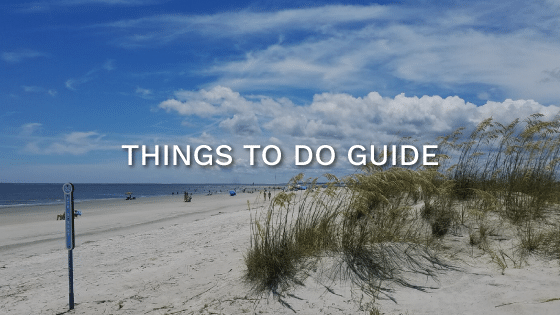St. Simons Island is a barrier island in Glynn County, Georgia, that shares many similarities to other sea islands. The side closest to the mainland is marshland, and the side closest to the ocean is golden beaches.
St. Simons Island, Georgia, is a lush environment filled with diverse species, from white-tailed deer to the southern bald eagle. Naturalists and tourists alike come from all around the world to witness the local fauna and enjoy all the island has to provide.
The Marine Life at St. Simons Island
With the fertile vegetation and copious fish population, St. Simon Island is a perfect place for several species that live in or around the sea. Find out more about these wondrous creatures in this St. Simons Island marine life guide.
Dolphins
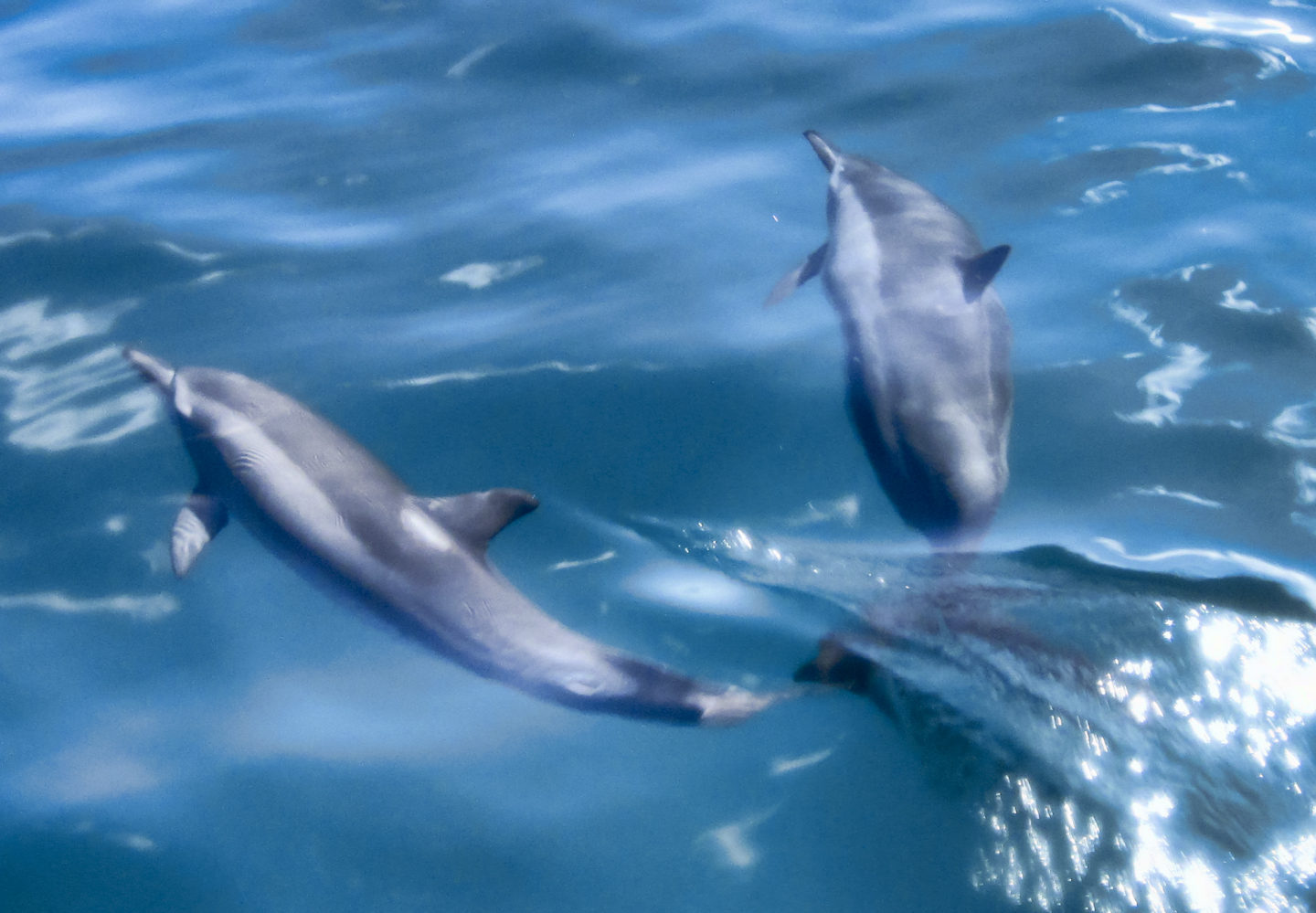
Many dolphin species inhabit the waters off the coast of St. Simons and surrounding islands, but the most common is the Atlantic Bottlenose Dolphin. The Bottlenose is the largest beaked dolphin species and moves gracefully in bursts up to 45 miles an hour.
Dolphins are known to be highly intelligent and use many strategies to hunt. One of their island hunting methods includes strand feeding, which has the dolphin pod chase fish towards the salt marsh mudflats during low tide until their prey gets stuck in the exposed mud. The dolphins will temporarily beach themselves to acquire the trapped fish and then roll back into the sea.
The best time to see dolphins is around May through August, when the female dolphins from all around the gulf move to the area for mating seasons.
Right Whales
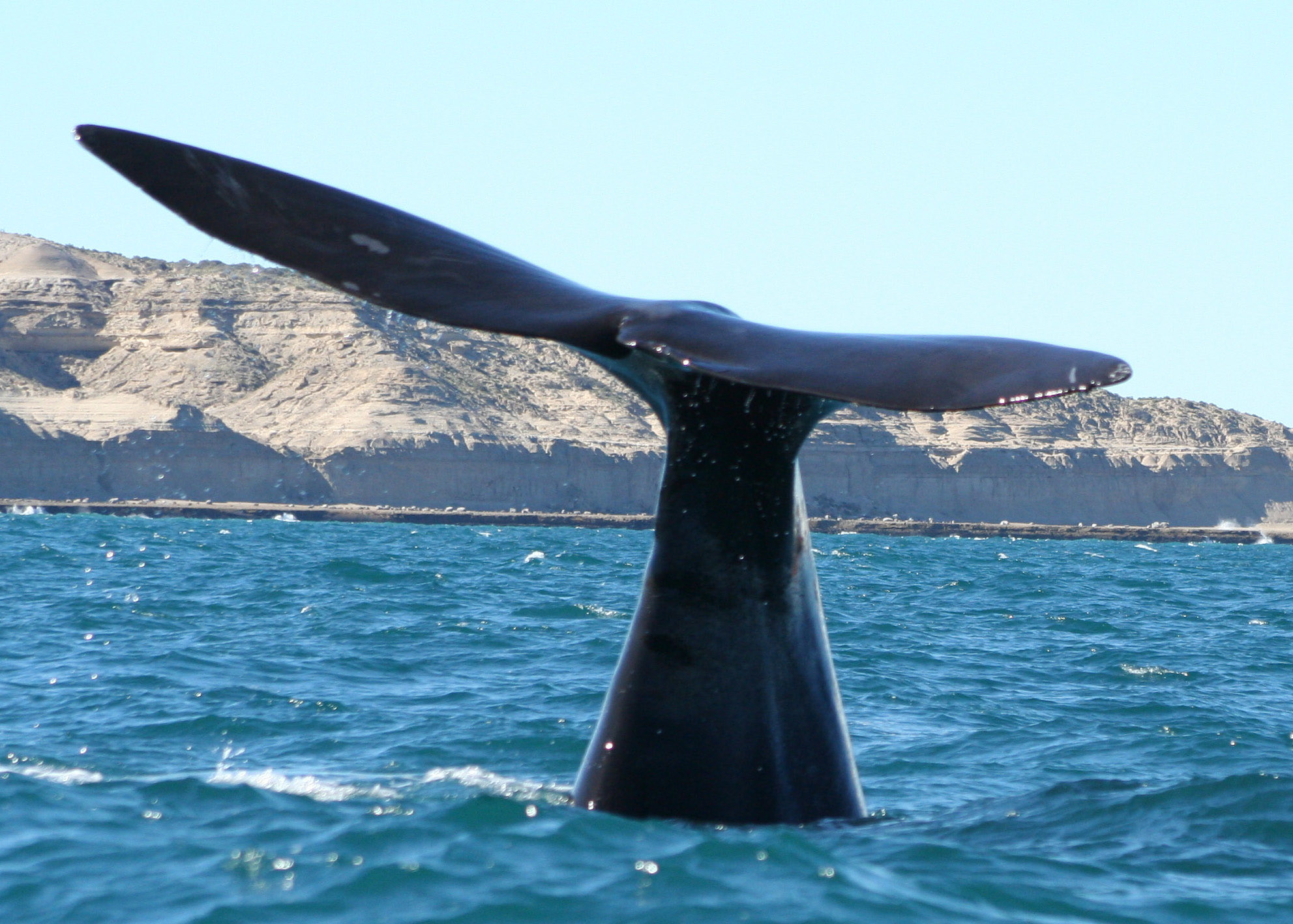
Right whales are a species of baleen whale that regularly visit the St. Simons coast. These whales are massive and can grow up to 60 feet long and weigh well over 100 tons.
Right whales are known to be very docile, slow-moving, and are great to spot during whale watching. The best time to see these right whales is during the winter, usually around November and December.
Spanish Mackerel
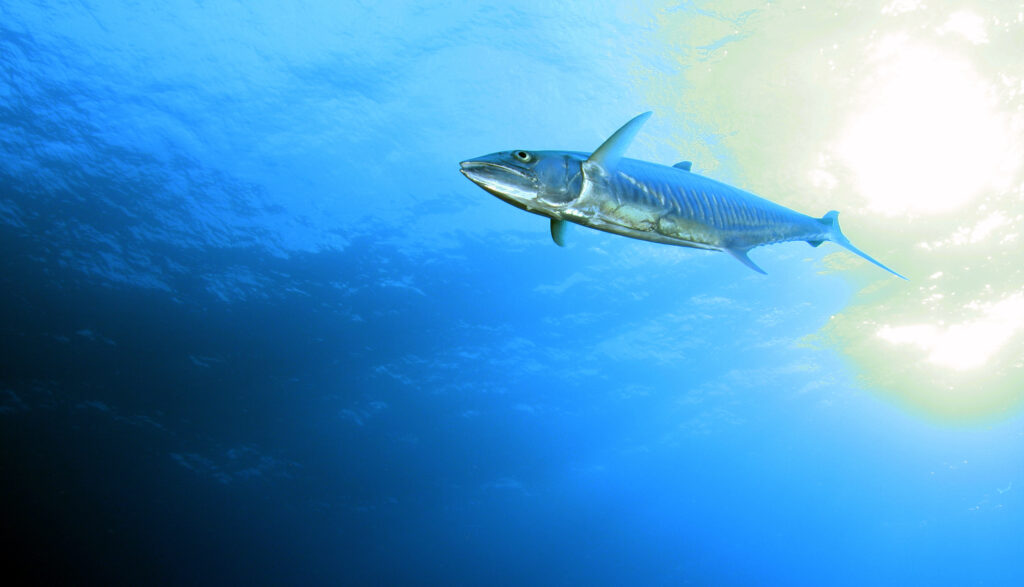
The Spanish mackerel is a subtropical species that is one of many members of the mackerel family. This bony fish has spiny fins and a forked tail, with olive coloring starting on the dorsal fin and fading to their white undercarriage. You can find schools of Spanish mackerel in open water from late spring to the end of summer. After that period, the fish then migrate to the Texas gulf.
Cannonball Jellyfish
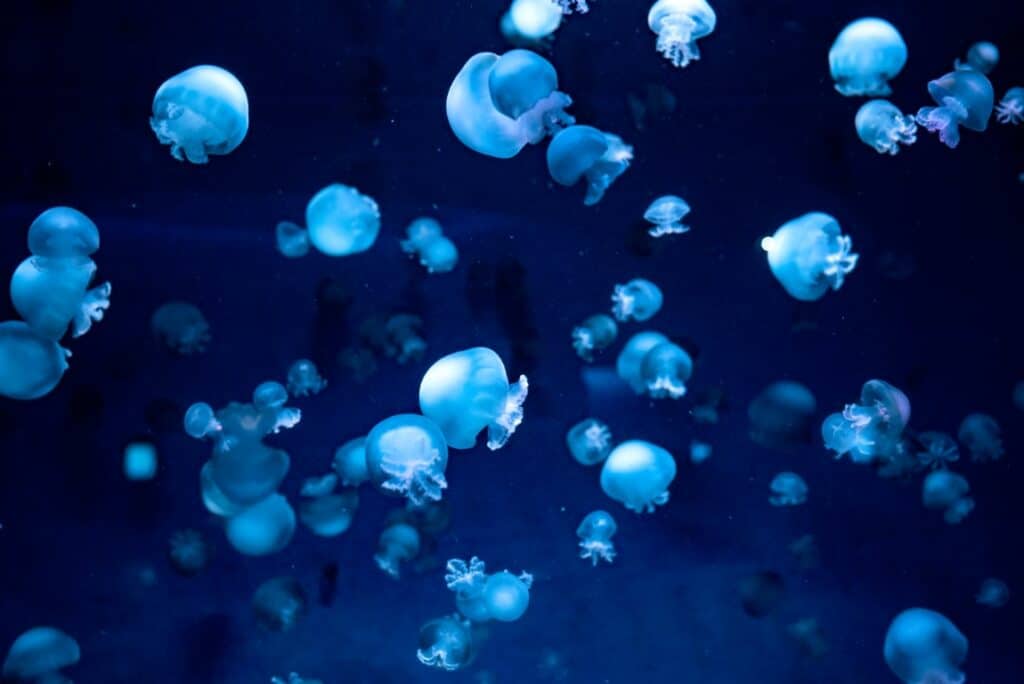
The cannonball jellyfish are named after their general shape, which is a roundish ball that forms to its small oral arms. They are prevalent in the gulf coast and throughout the southeast during the fall and summer. Although cannonball jellyfish don’t usually sting humans, they produce a toxin similar to other jellyfish that is harmful.
Grouper
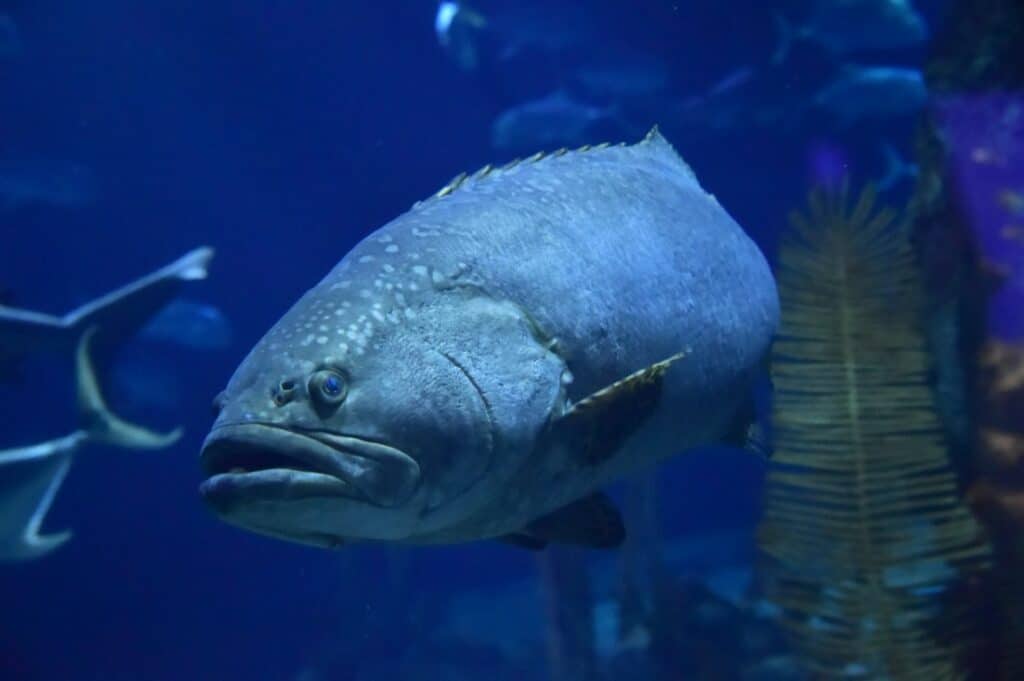
Groupers are open water fish that are more plentiful from May to September. They are very stout, some growing to over 7 feet and weighing more than 600 pounds. They hunt fish, octopuses, and crustaceans through various means, such as ambush attacks where they suck prey into their jaws via a powerful vacuum they create in their mouths.
Cobia
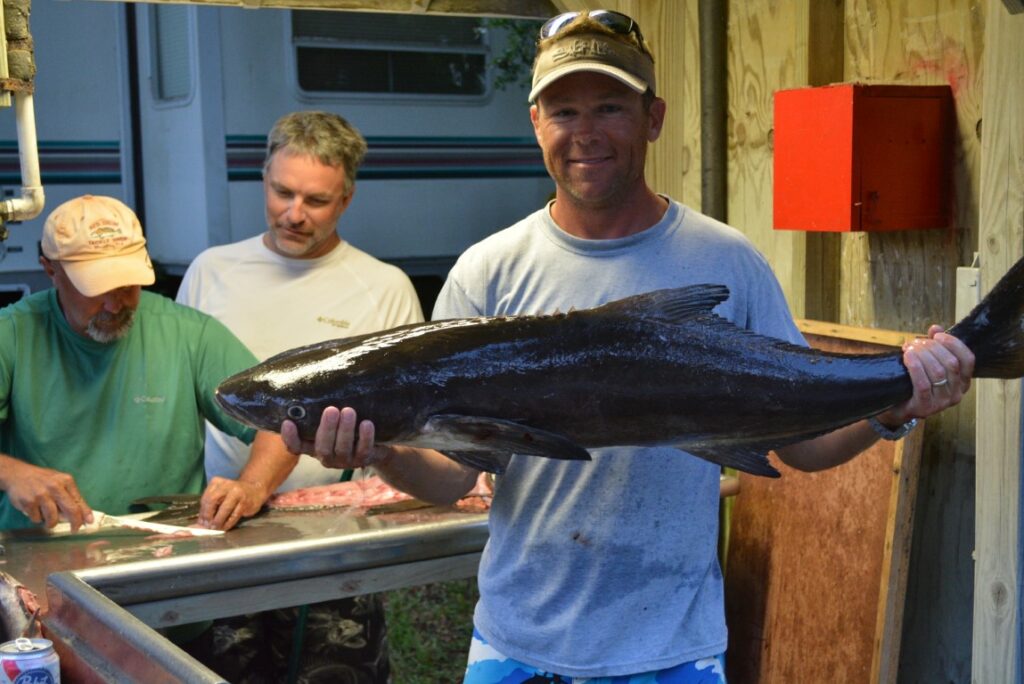
The cobia fish are found throughout the year in the open waters of St. Simons Island but are more prevalent in the spring. These fish can grow to over 6 feet and over 150 pounds. Although found in the open ocean, you can also view these fish around “structural oases” like buoys, reefs, and harbors during their spawning season.
Northern Red Snapper
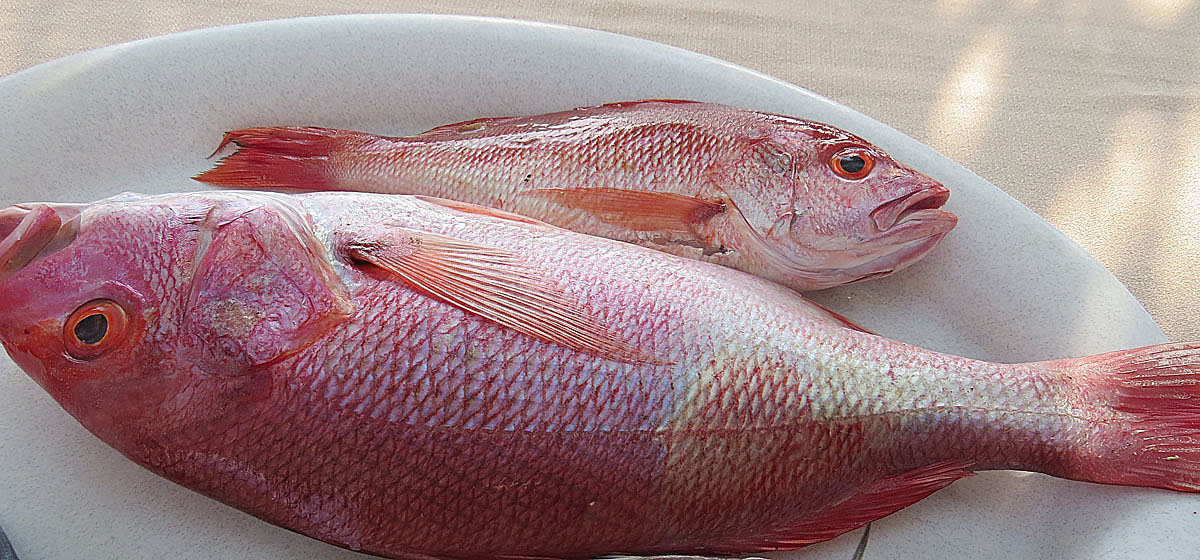
The northern red snapper is a ray-finned fish found in the water around St. Simons Island. You commonly see these fish in reefs and water about 30-feet deep, but some adults can dwell between 100 — 200 feet on the rocky seafloor. The red snapper is known for its bright, vibrant red coloring and feeds on prey like shrimp, crab, other fish, and squid with its small, sharp, needle-like teeth.
Atlantic Tarpon
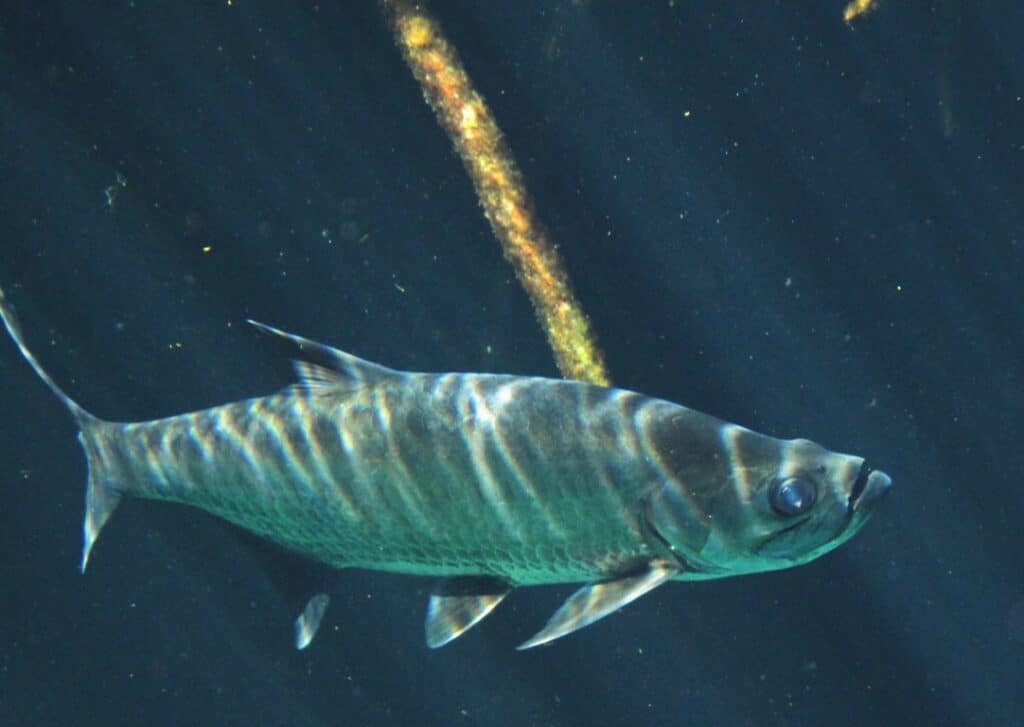
The Atlantic Tarpon is known for its immense size and agility. Like its namesake, this ray-finned fish is found all over the Atlantic Ocean, from St. Simons Island to Nova Scotia. Tarpon season is generally around the end of summer into fall, but they are a very elusive fish.
Atlantic Sharpnose Shark

You can find the Atlantic Sharpnose Shark in the subtropical waters of St. Simons Island. These sharks are relatively small in comparison to others at around three feet long. The best place to find these sharks is in shallower waters, approximately 10 feet deep, usually from spring to the end of summer.
Chesapeake Blue Crab
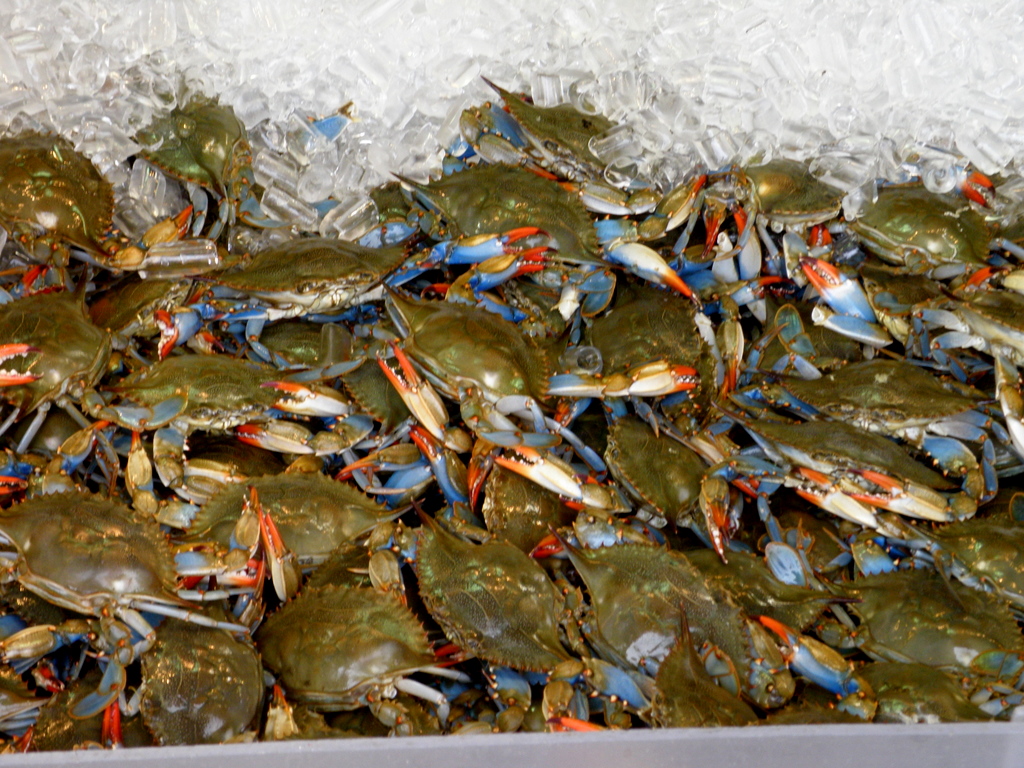
The Chesapeake blue crab is a common crab throughout the eastern seaboard, and generally found all year round around St. Simon’s Island. Blue crabs are usually found around 10 feet below the surface, and enjoy warmer waters so they’re closer to shore.
American Alligator
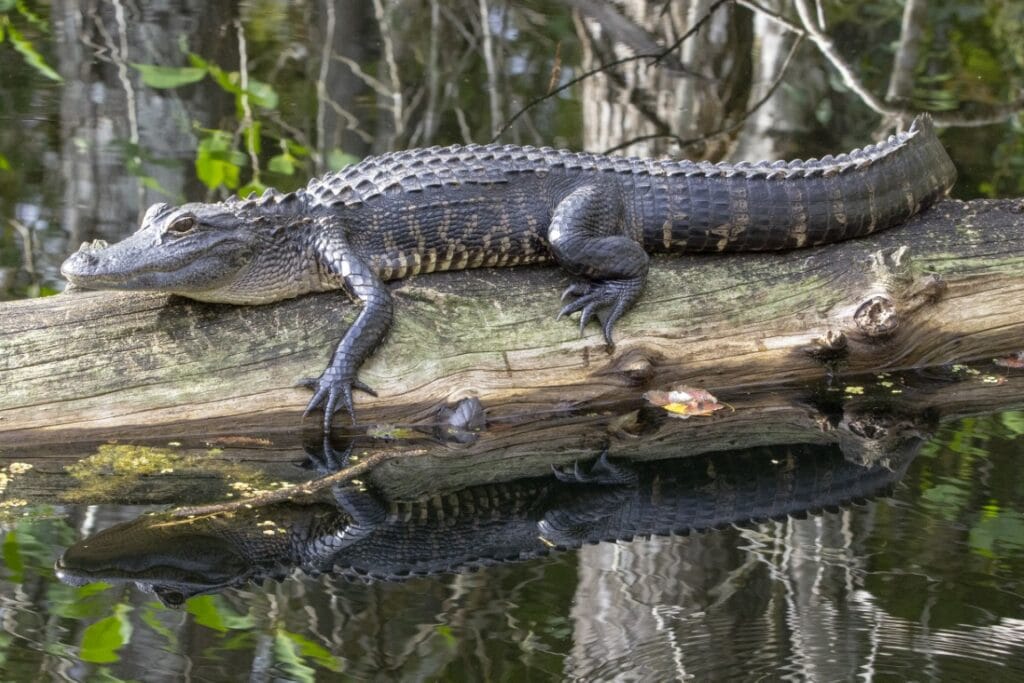
The American alligator is an alpha predator found throughout the southeast of the US. These animals can grow to about 10 — 15 feet and can weigh up to 1,000 pounds. Alligators are native to St. Simon Island and are generally seen during the spring and summer as they semi-hibernate during the late fall/winter weather.
Alligators are relatively common on the island during these warmer months but maybe allusive during the hottest days. They are usually found in the marshland but can follow rivers and end up on the beaches.
Pond Slider
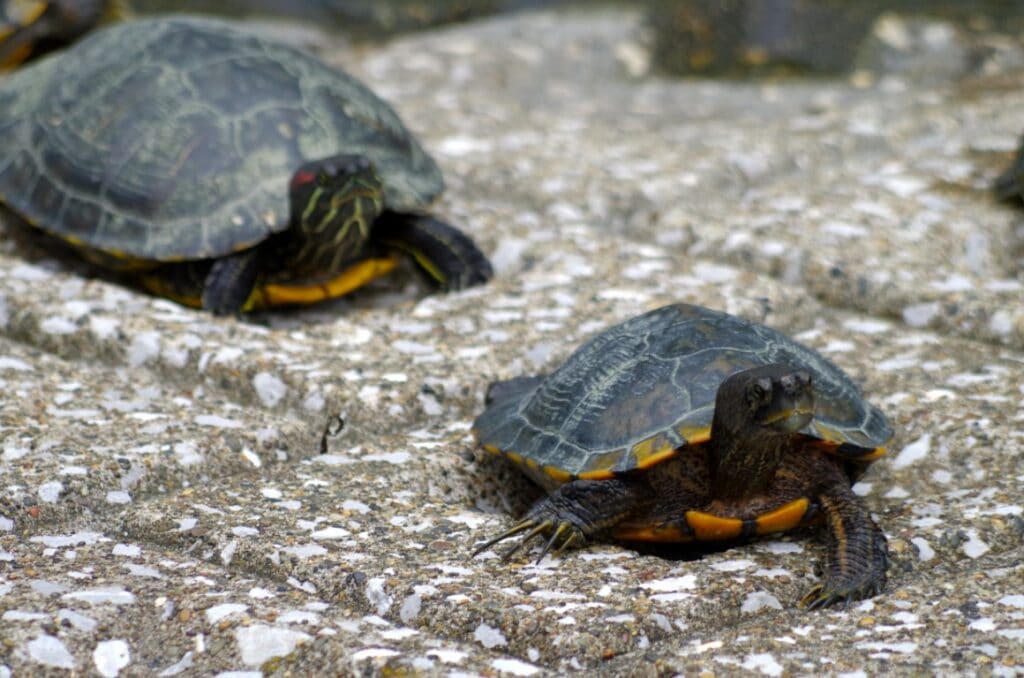
Pond sliders are a widespread semi aquatic turtle found throughout St. Simons Island. Sliders can be seen all over the islands’ lakes, marshes and rivers, and are most prevalent during their mating season, between April and October. These turtles do not hibernate but become less active (brumate) during the winter months.
Green Sea Turtle

The green sea turtle is a large, ocean-dwelling turtle that can grow to 5 feet and generally weighs up to 400 pounds. The best time to see the turtle is during nesting season between May and August, where the turtles leave the ocean and lay their eggs on the natal beaches along St. Simon’s shores.



